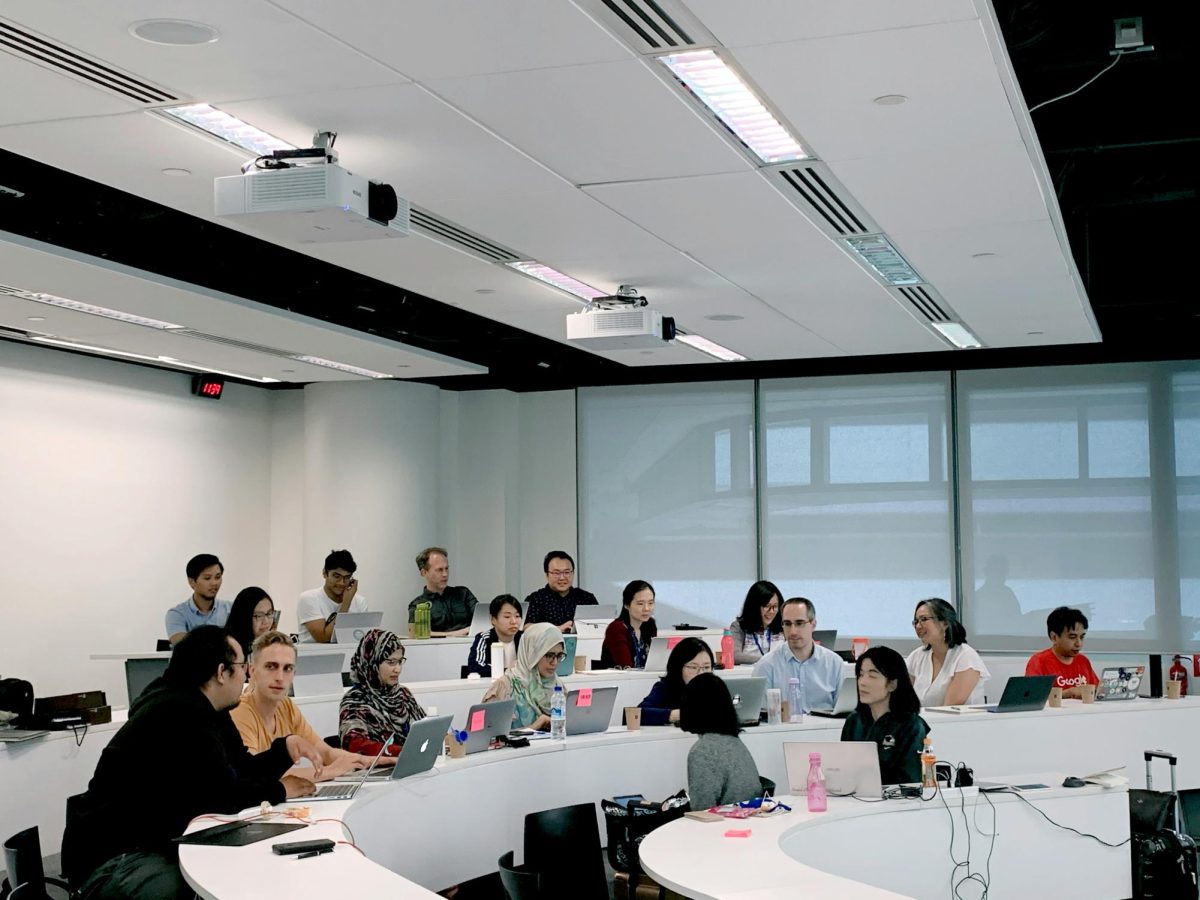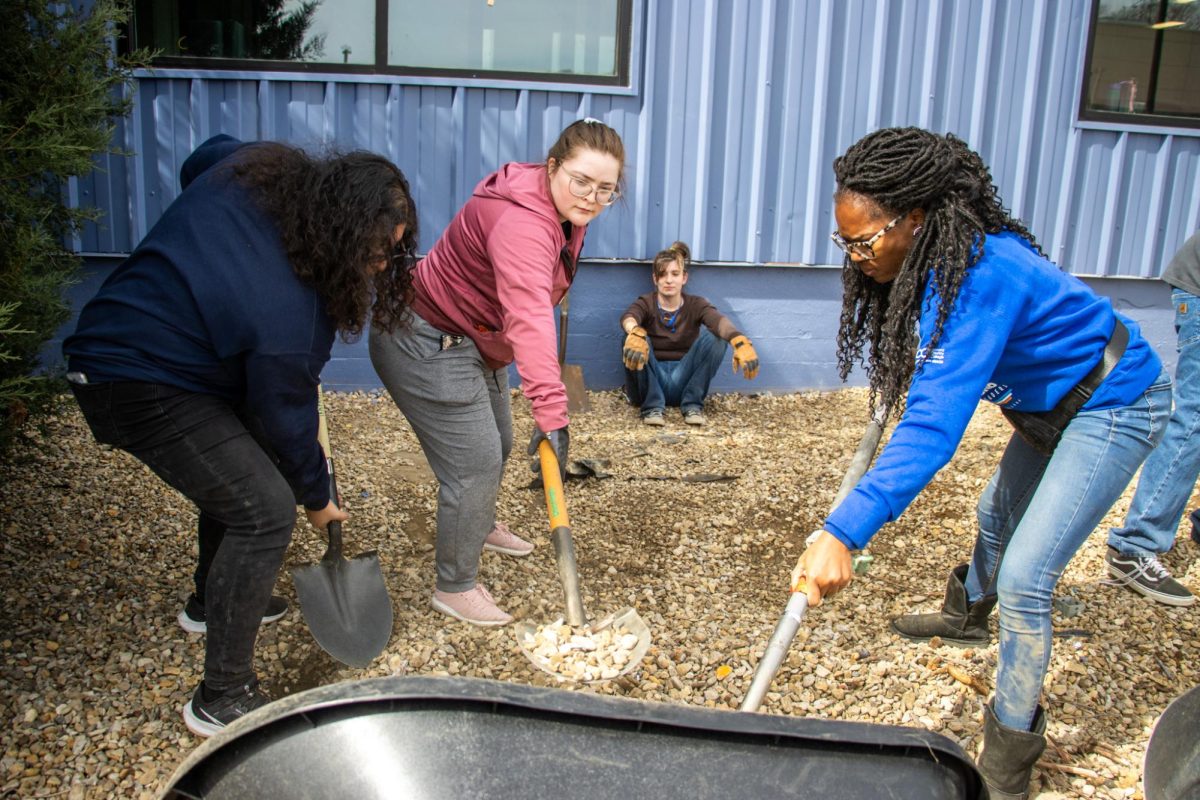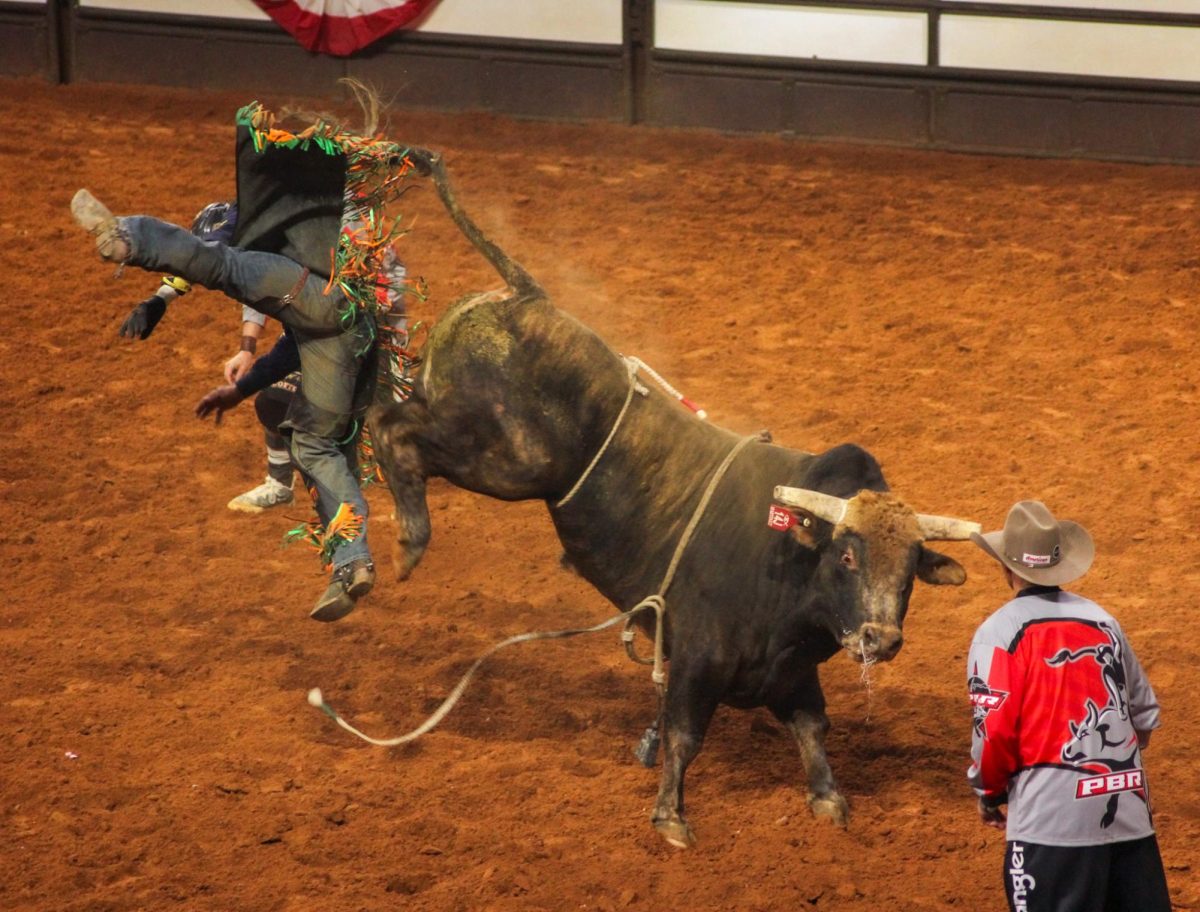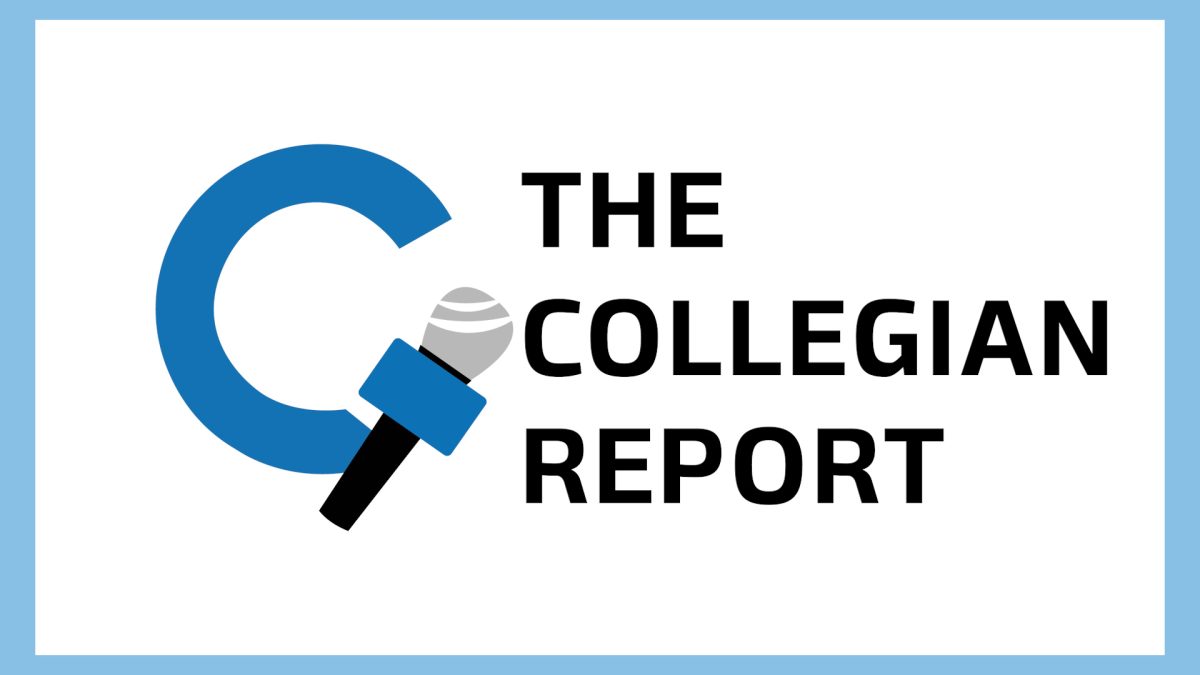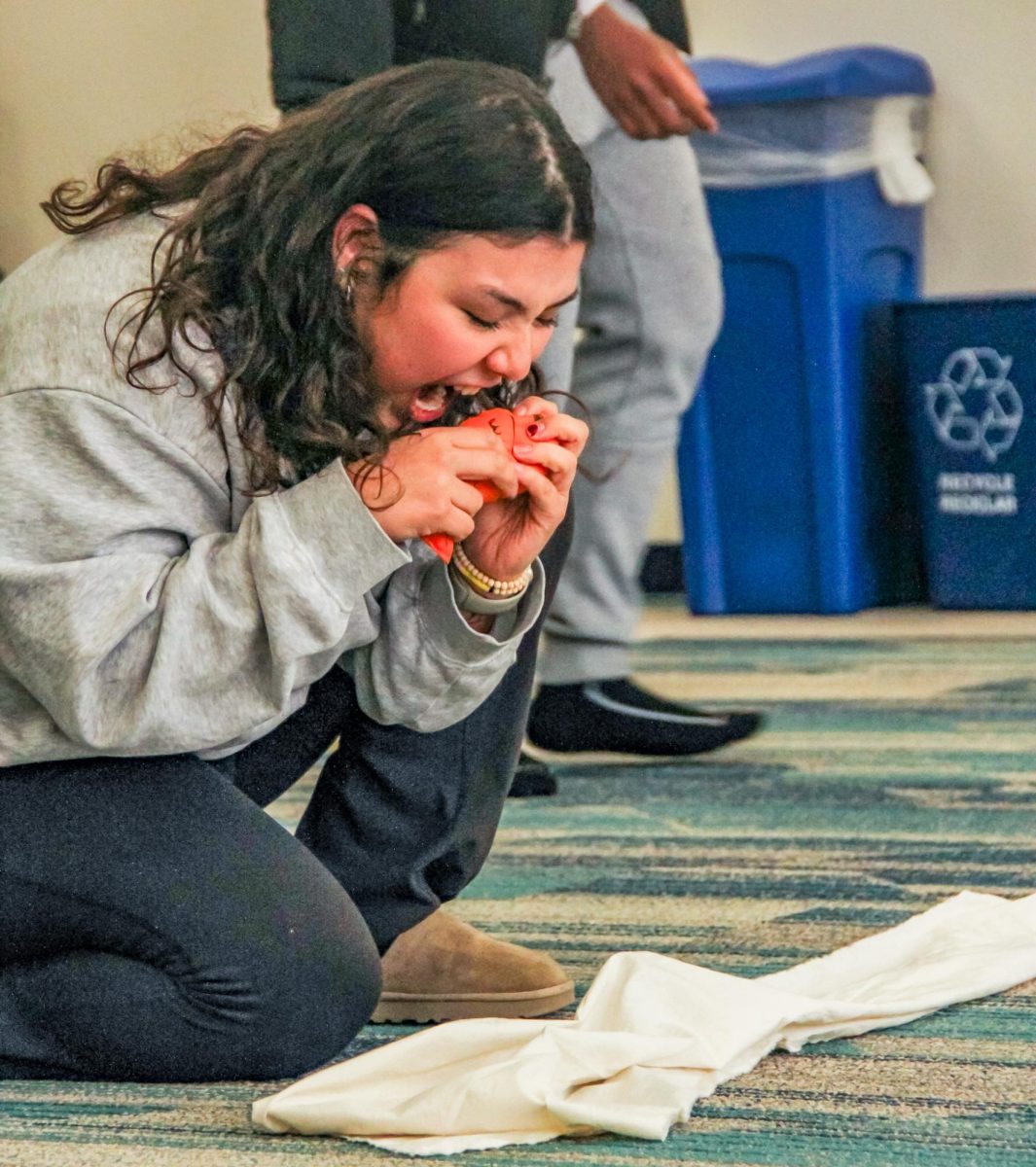For many, Freaknik has been coined as the greatest Black gathering in America. Some college students had their spring break fun in Florida, but every year Black college students hopped in their friends’ cars, or even rented UHauls to be on the streets of Atlanta, Georgia.
In the documentary, “Freaknik: The Wildest Party Never Told,” writers, hip-hop historians and founders of the event discussed the party’s origins and influence on current Black culture.
As a member of Gen-Z, I’d never heard of the iconic street party that attracted thousands, but I enjoyed every second of the film. It was as if I were learning about a significant part of my culture and heritage that I wouldn’t have gotten from a history book.
The documentary felt as if it had two parts. The first delve into what Freaknik was and how it originated. The second discussed the ‘monster’ it became.
In the film, Freaknik founders gathered together 40 years after they graduated from college to talk about the unknowns of the celebration. They agreed that not many people know where the name came from or how it began.
They explained the importance of communal spaces for Historically Black College and university students, and how many couldn’t afford to go home for spring break and needed something to do.
So the school club DC Metro, organized a picnic for students to hang out and eat.
They thought about what their theme could be for future planned events during the school year and landed on the word ‘freak’ from the popular song by Chic, “Freak Out.”
And boom. The future sensation was born. The 1983 picnic was referred to as Freaknik by students.
The founders talked about how much fun it was for students, as well as the sense of community it fostered.
Piedmont Park in Atlanta was the designated spot. In the beginning it wasn’t scandalous, the founders explained. It was simply about fun.
I greatly appreciated the context and music to help tell the story. Without it, I’m not sure I would’ve really understood how big the party became.
Freaknik in the 80s was described as a fun, college driven event, where kids from all over the country came to the streets of Atlanta to party.
But by the mid to late 1990s, things had drastically changed. Thousands were coming into the city and the “freak” part of the name was fully being expressed.
The party more so became about daring sexual acts and hooking up with people, and creating dangers for the Black women of Atlanta.
During the transition of Freaknik shifting from a picnic to a massive street party, bold sexual acts were a part of the gig, but the time was described as a liberating period for young Black women. It was time away from home, family and people from one’s town that would recognize them.
Part of the appeal was traveling to Atlanta to wild out in a fun and consensual way.
However, by the late 90s, Black women in the documentary expressed that Freaknik simply wasn’t fun anymore because of how the men would treat them.
Oftentimes, Black men are portrayed as sexual predators in the media, so I appreciated the deliverance of an honest and nuanced conversation about what went down on the streets of Atlanta in a complex way.
Now, Freaknik is in its early phases of being revamped in a way that’s dedicated to holding onto the positive aspects of the gathering. Carlos Neal, the founder of the new age street party just wants to bring the fun back, he said.
The documentary as a whole exposed me to a part of Black culture that I hadn’t been previously exposed to. The film included popular, older rap songs and video clips of the actual annual event itself.
I bobbed my head from side to side, enjoying interludes of hip hop, and watched intently during other parts of the film. Whether or not you’re from Atlanta or an enjoyer of hip-hop, I strongly recommend it.












